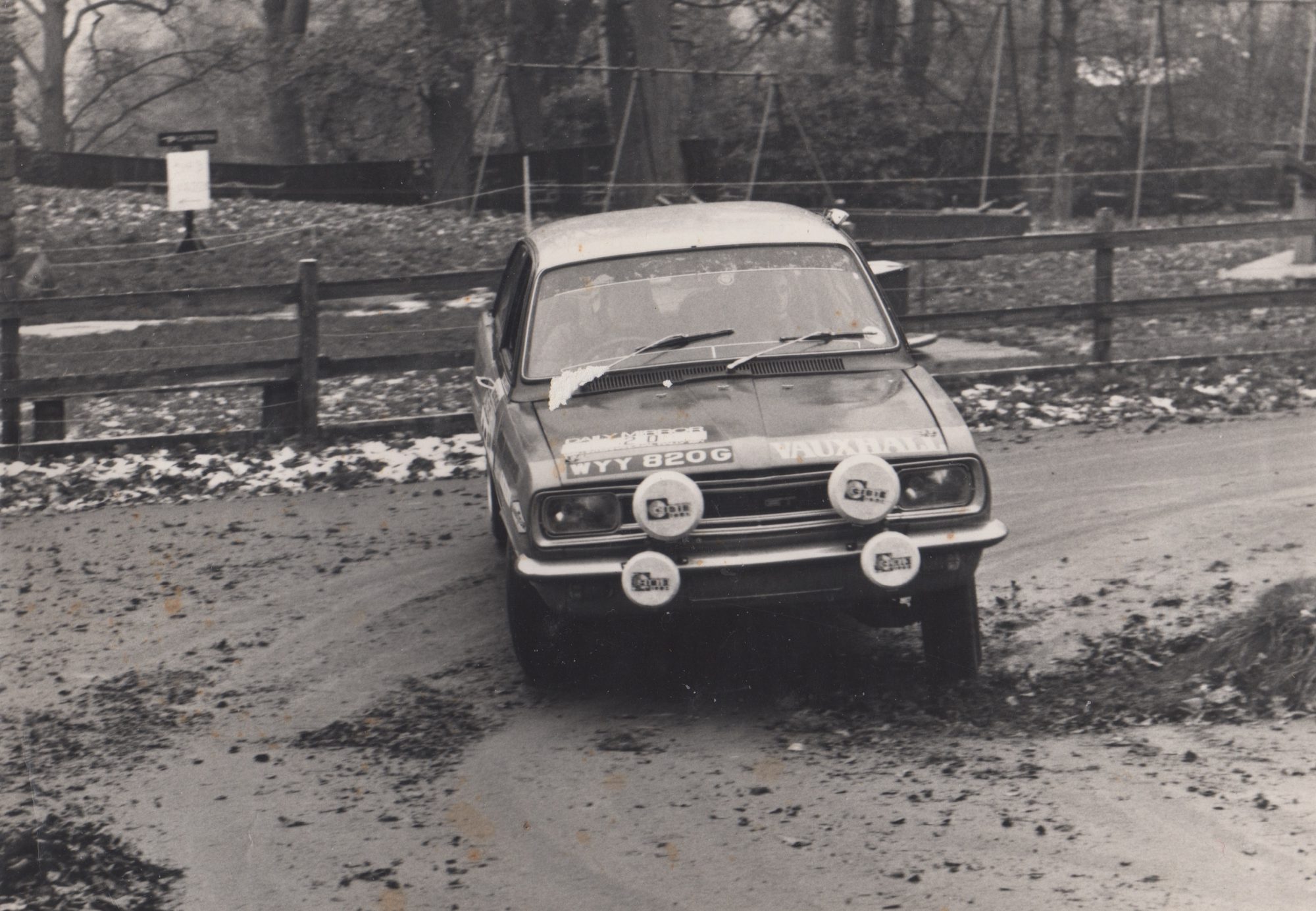Welcome to Targa Rallies by Nigel Raeburn.
First published September 2017.
This article should first appear just prior to Knutsford’s first ever Targa rally. This format of rallying seems to be taking off just now, a couple of years after the MSA first included it in the Blue Book. I recently helped Baz Green in his role as CoC in a very small way with paperwork-checking and proof-reading for the 116 Car Club Targa (116 Targa Tracks) which just ran in north Wales to great acclaim and with a splendid entry. Targas really could be the way forward for a more affordable alternative to stage rallies while also appealing to night road rally competitors and even autotesters. There is no connection with the targa timing system which used on road rallies in the 60s and 70s until it was out-lawed.
So what is a Targa rally? It is a road rally, normally in daylight, so for road-legal cars – with the main competition on private land with special tests (like on historic road rallies where they have been part of the event format for years) limited to timing set at an average of 30 mph – but they are driven flat out – it is the organiser’s task to set a course such that the 30 mph average is not exceeded. Depending on the venue it may be necessary to include circling cones, stop astrides, stop in boxes etc to keep the speeds down, but it can still be a lot of fun and require skills from both crew members. The road sections are usually just transport sections to get from venue to venue, although I think regularity sections can be included – but not many events are doing this.
The MSA Blue Book says:
7.1.9. Targa Rally. A schedule timed rally where the principal competition comprises the competitor’s performance on Specials Tests.
What sort of venues are used for the special tests? Anything from race circuits to farm tracks via old airfields. The 116 event used Glan-Y-Gors kart circuit (on the A5) as its base and for two long tests on the circuit – and some of its other tests were at farm venues and especially wind farms, plus a bit of forestry. The test route is given to competitors in the form of diagrams, usually with a written text as well, but basically the navigator will be reading out instructions from a ‘test diagram’. To read this well is a significant skill, needing clarity and accuracy as well as good timing as the instructions are called out to the driver. Most tests will be too long for the driver to learn and remember them.
Historics are able to enter the new Targa events. Indeed the one-day Three Castles Trophy held in June (Baz Green was also Clerk of the Course for this) was a targa rally run purely for historic cars and was very well received. The Knutsford Targa has a class for Historics.
I hope for a good future for Targas – I think there is a real need for something like this as special stage rallying becomes less and less viable for safety and economic reasons. The PR burden on organisers is not high and provided the venues can be found and at a reasonable cost the economics should be very viable. Good organisers will pick test layouts to keep safety in mind and speeds (and any spectators) under control – that is my one concern as one bad accident could bring this new form of rallying to an end – bear in mind crash helmets and other safety requirements from stage rallies are not required – these are road rallies.






